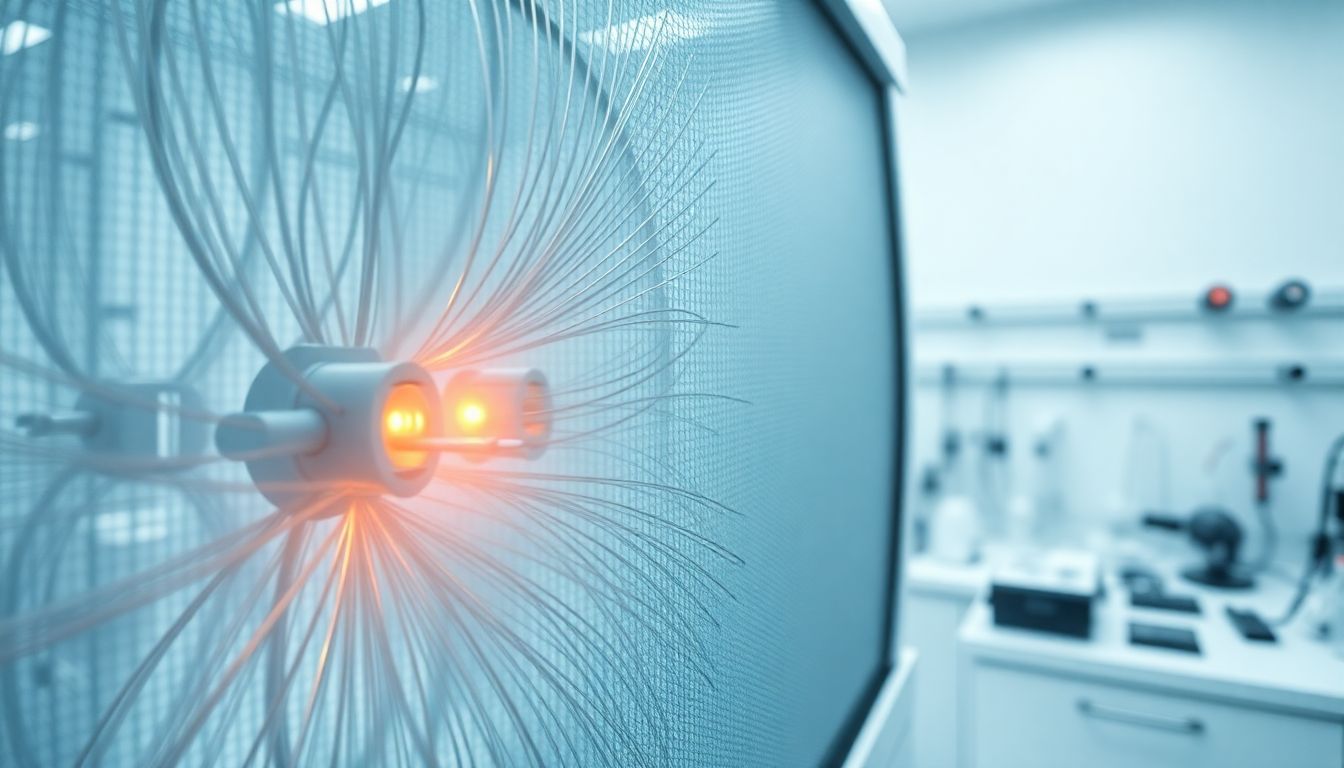
Ecology Unit & Electrostatic Filters: A Clean Air Solution
Breathing clean air is essential for our health and wellbeing. In a world where air pollution is an increasing worry, finding effective solutions is crucial. Electrostatic filters are becoming popular for their ability to improve air quality while being environmentally friendly. This blend of ecology and technology offers a pathway to cleaner air.
Introduction: Breathing Easy with Eco-Friendly Filtration
The Growing Concern of Air Pollution
Air pollution affects millions of people worldwide. According to the World Health Organization, about 7 million people die each year due to exposure to polluted air. Common sources of air pollution include vehicle emissions, industrial activities, and household chemicals. This situation highlights the need for effective air filtration methods.
Electrostatic Filters: A Technological Solution
Electrostatic filters use static electricity to trap particles from the air. They attract and capture dust, pollen, and other pollutants efficiently. By using these filters, individuals and businesses can reduce airborne contaminants significantly.
Bridging Ecology and Technology for Clean Air
The combination of ecological responsibility and technological advancement makes electrostatic filters a smart choice. They address air quality issues while being energy-efficient, suggesting a sustainable approach to cleaner indoor environments.
Understanding Electrostatic Filters: How They Work
The Science Behind Electrostatic Filtration
Electrostatic filters generate a charge that attracts particles in the air. This process works like a magnet, pulling in dust and allergens. The filters can capture particles as small as 0.3 microns, making them highly effective.
Advantages of Electrostatic Filters over Traditional Filters
- Higher Efficiency: Capture more pollutants compared to standard filters.
- Washable and Reusable: Save money over time by not needing frequent replacements.
- Less Noise: Operate quietly, enhancing comfort in homes or workplaces.
Ecology Unit Applications: Where Electrostatic Filters Shine
Residential Air Quality Improvement
Homeowners can benefit greatly from using electrostatic filters. They help eliminate allergens like pet dander and pollen. Regular use can lead to fewer allergy attacks and improved overall health.
Industrial Applications and Emission Control
Industries generate significant pollutants. Electrostatic filters can effectively control emissions in factories, ensuring cleaner air for workers and nearby communities. This technology helps companies meet environmental regulations.
Commercial Building Air Purification
Businesses can enhance air quality for employees and customers. Electrostatic filters in office buildings ensure a healthier work environment while reducing absenteeism and improving productivity.
Efficiency and Maintenance of Electrostatic Filters
Energy Efficiency and Cost Savings
Electrostatic filters are energy-efficient. They generally require less power than traditional models, lowering energy bills. Their longevity means fewer replacements, resulting in cost savings.
Filter Cleaning and Replacement Procedures
Maintenance is straightforward. Most electrostatic filters can be cleaned with soap and water. Depending on usage, cleaning every one to three months is advisable. Regular maintenance ensures peak performance and air quality.
The Environmental Impact of Electrostatic Filters
Manufacturing and Disposal Considerations
While producing electrostatic filters requires resources, their durability reduces waste. Unlike disposable filters, they do not contribute to landfill problems as much over time. Proper disposal practices can further minimize environmental impact.
Lifecycle Assessment and Sustainability
Taking a lifecycle approach shows that electrostatic filters can be more sustainable. Their longer lifespan and lower energy consumption lead to a reduced ecological footprint compared to disposable filter options.
Choosing the Right Electrostatic Filter for Your Needs
Factors to Consider When Selecting a Filter
When choosing an electrostatic filter, consider the following:
- Size: Ensure it fits your HVAC system.
- MERV Rating: Higher ratings indicate better filtration quality.
- Maintenance Requirements: Check how easy it is to clean.
Expert Recommendations and Best Practices
- Opt for filters with rinseable designs for convenience.
- Choose filters based on your specific air quality concerns, like allergies or smoke.
Conclusion: A Greener Future with Clean Air Solutions
Having clean air is vital for health. Electrostatic filters offer a blend of efficiency and sustainability that supports better air quality.
Key Takeaways and Call to Action
- Using electrostatic filters can significantly improve indoor air quality.
- Their energy efficiency leads to cost savings and a reduced environmental impact.
Looking Ahead: Future Developments in Air Filtration Technology
As technology continues to evolve, electrostatic filters may integrate with smart home systems, providing real-time air quality monitoring. Investing in such solutions today paves the way for a healthier tomorrow.